Humectants & Emollients: The Science Behind Perfectly Hydrated Skin
Moisture Masterclass: The Secret to Radiantly Supple Skin
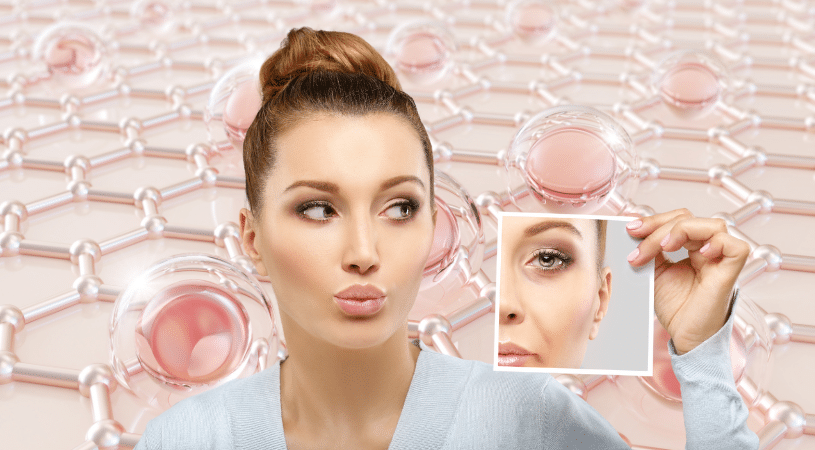
Skincare – facial and body – is a vital aspect of personal care and maintaining healthy, radiant skin. It’s important to understand the role of different ingredients in order to make informed choices about what to include in your routine. Among the myriad of ingredients used in skincare products, humectants and emollients are two superheroes that play distinct yet complementary roles in hydrating and moisturizing the skin. But what exactly are these ingredients, and how do they work their magic on our skin?
In this article, we’ll explore the world of these moisturizing powerhouses and share some examples of each, as well as how to incorporate them into your facial and body skincare routine.
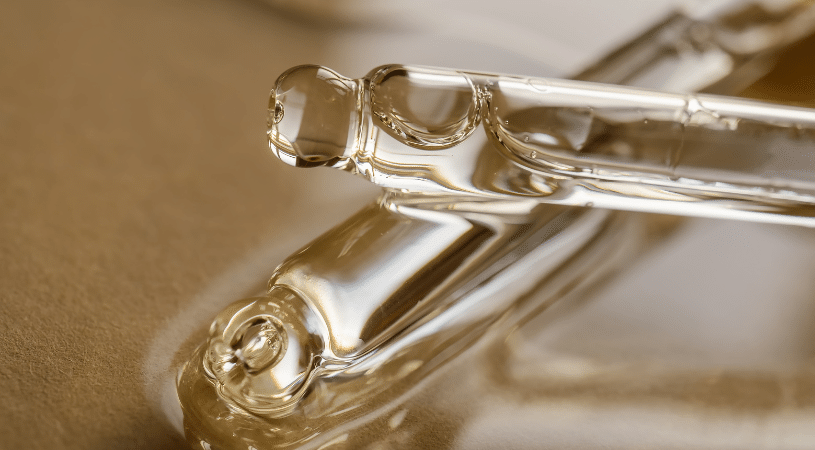
What are Humectants?
Humectants are important multi-functional ingredients found in most facial and body skincare formulations and are like moisture magnets for your skin. These water-loving molecules attract and bind water from the environment or deeper layers of your skin, bringing that precious hydration to the surface.
Humectants can provide numerous benefits such as moisturization, exfoliation, and modification of skin feel. They help to minimize trans-epidermal water loss, which is the process where moisture evaporates from the skin’s surface. By attracting and holding onto moisture, humectants prevent excessive water loss, keeping the skin plump, smooth, and well-hydrated.

Why are Humectants Important?
- Hydration Boost: They increase the water content in the upper layers of your skin to help keep the skin hydrated - which is essential for maintaining a healthy skin barrier.
- Plumping Effect: By drawing in moisture, humectants can give the skin a plumper, more youthful appearance as they temporarily reduce the appearance of fine lines.
- Improved Texture: Regular use of humectant-rich products can make the skin feel softer and smoother.
- Enhance Product Effectiveness: Humectants can help other skincare ingredients more effectively penetrate better.
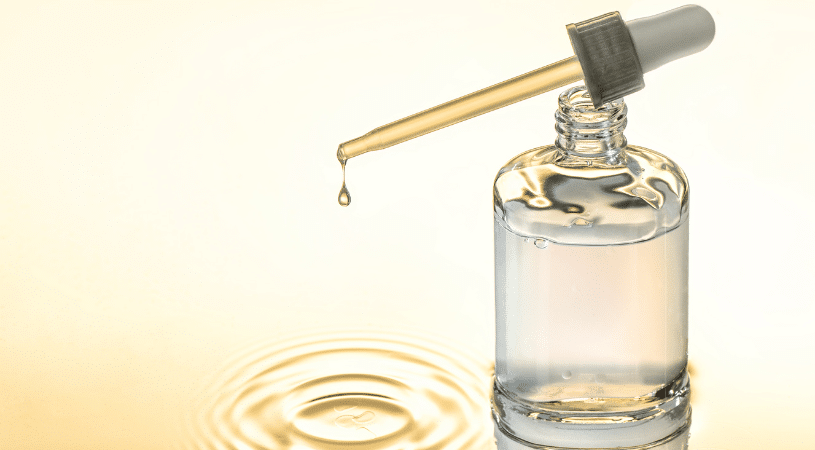
Examples of Humectants:
- Glycerin: Derived from plant oils, glycerin is a powerful humectant that draws moisture into the skin, helping to deeply hydrate and soften the skin. It is non-comedogenic and suitable for all skin types.
- Hyaluronic Acid: Naturally found in our skin and connective tissues, hyaluronic acid can hold up to 1,000 times its weight in water, providing intense hydration and plumping effects that can reduce the appearance of fine lines.
- Aloe Vera: Extracted from the aloe plant, this natural humectant not only hydrates but also soothes irritated skin and has anti-inflammatory properties.
- Urea: A compound naturally present in our skin, urea at low concentrations acts as a humectant to attract moisture, while at higher concentrations it can also gently exfoliate dry, rough skin.
- Propylene Glycol**: A synthetic organic compound commonly used as a humectant in skincare products, propylene glycol acts as a humectant and also helps other ingredients penetrate the skin more effectively.
- Sodium PCA: A naturally occurring humectant derived from amino acids, highly effective at attracting and retaining moisture in the skin, helping to maintain hydration and improve the skin’s overall texture and elasticity.
** For those looking for natural ingredients, it's important to note:
Through technological advances, biocosmetics are on the rise and transforming the skincare industry! Biocosmetics are skin and body care products that are made from natural ingredients of plant origin. This is a remarkable and exciting evolution for skincare formulators, as it opens up the opportunity to replace conventional fossil-based / synthetic ingredients with natural, safe, and effective versions of these ingredients. So, for those ingredients that have historically been known as “synthetic” – like propylene glycol – don’t be alarmed when the label of your favorite “natural” skincare product includes such bio-based, plant-based versions of these ingredients!
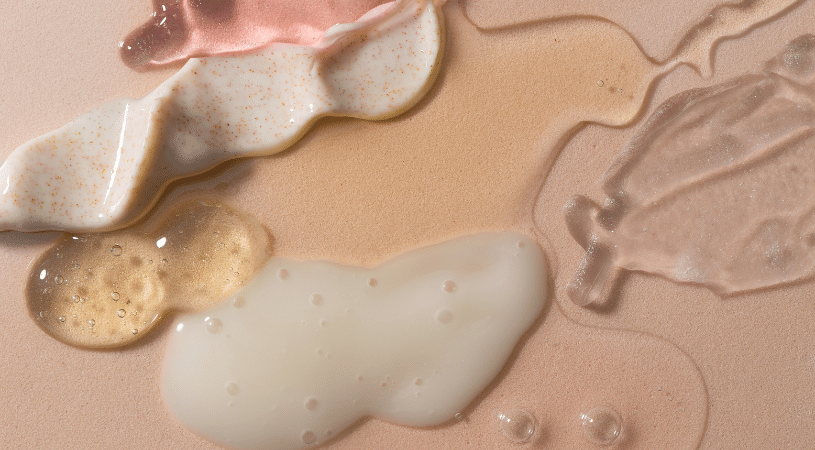
What are Emollients?
Emollients are skin softeners and smoothers that are vital for maintaining skin health. These ingredients fill in the spaces between skin cells, creating a smooth surface and helping to repair the skin barrier. They often have an oily, waxy, or creamy consistency and work by forming a protective layer on the skin to lock in moisture. By enhancing the skin's ability to stay hydrated and maintain a smooth, supple feel, emollients are especially beneficial for those with dry, rough, or sensitive skin.
Why are Emollients Important?
- Skin Barrier Support: They help reinforce your skin's natural protective barrier.
- Moisture Retention: They form a layer on the skin's surface that helps lock in moisture and prevents water loss.
- Skin Softening: They soften and smooth the skin, improving its texture and appearance.
- Protection: Emollients can provide a barrier against environmental aggressors and irritants, reducing skin dryness and irritation.
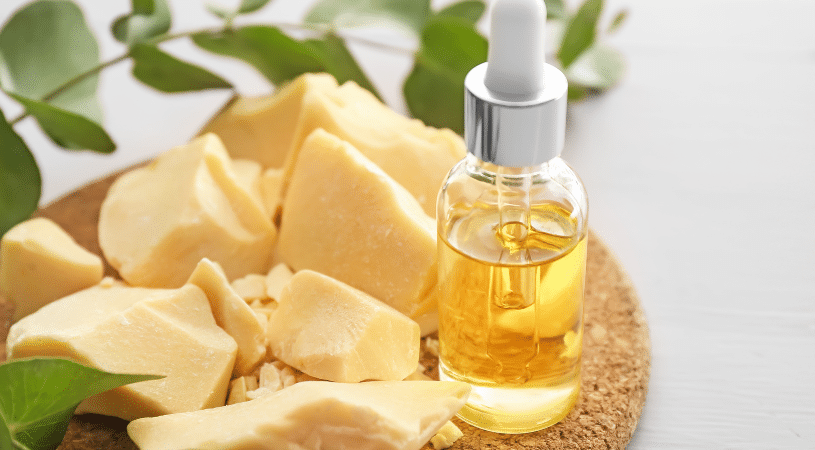
Examples of Emollients:
- Shea Butter: Extracted from the nuts of the African Shea tree, this rich emollient is packed with fatty acids and vitamins that nourish and soften the skin while helping to reduce inflammation. (Read more in our blog: Indulge in Shea: The Luxurious Benefits of Shea Butter for Your Skin)
- Jojoba Oil: Derived from the seeds of the jojoba plant, this oil closely resembles our skin's natural sebum, making it an excellent emollient for balancing oil production and moisturizing without clogging pores.
- Cocoa Butter: Extracted from cocoa beans, this rich emollient is high in fatty acids that deeply moisturize and may help improve skin elasticity and reduce the appearance of scars. (Read more in our blog: The Luscious Secret of Cocoa Butter: Ancient Remedy for Modern Skin)
- Ceramides: Lipids that occur naturally in our skin, ceramides are crucial for maintaining the skin barrier, and when applied topically, they help prevent moisture loss and protect against environmental stressors.
- Squalane: Originally sourced from shark liver but now often derived from plants like olives, squalane is a lightweight, non-comedogenic emollient that mimics our skin's natural oils, providing moisture without feeling greasy.
- Petrolatum (Vaseline): A by-product of petroleum refining, petrolatum is an occlusive emollient that forms a protective barrier on the skin that is excellent for locking in moisture and promoting healing in very dry or damaged skin.
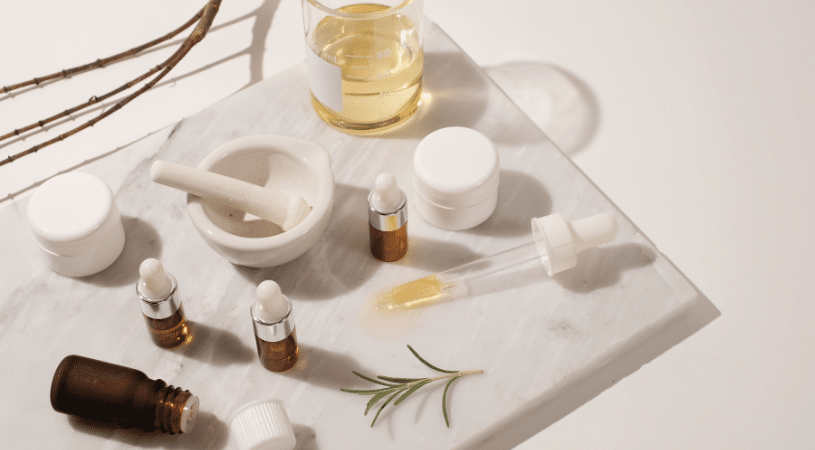
How are Humectants and Emollients Used in Facial and Body Skincare?
Facial Skincare:
- Humectants are often found in lightweight serums and essences, perfect for layering under heavier products.
- Emollients are common in facial oils, rich creams, and balms, ideal for sealing in moisture and providing a protective barrier.
Body Skincare:
- Humectants are present in body lotions and gels, offering hydration without heaviness.
- Emollients are abundant in body butters and rich creams, providing intense moisture and softness, especially for dry areas like elbows and knees.
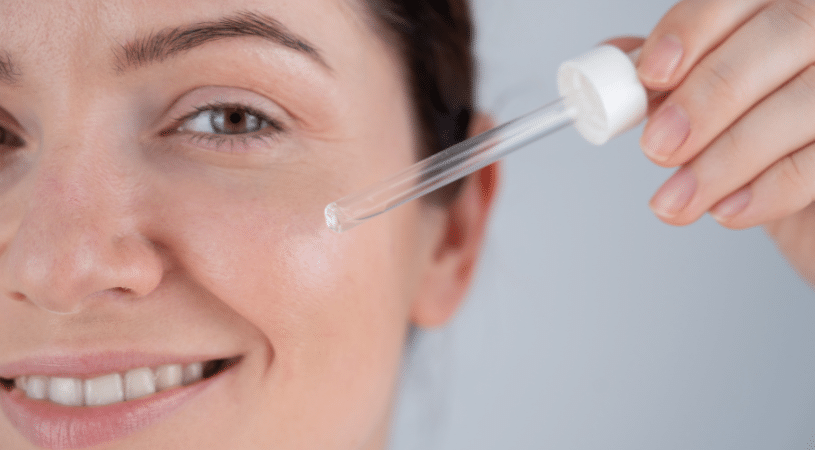
The Dynamic Duo:
Neither humectants nor emollients might be sufficient on their own. To get the most out of these ingredients, use them in tandem and layer properly - hydrate first (humectants), seal and protect (emollients) second. Here's a simple routine that incorporates both:
- Cleanse your skin thoroughly - use a gentle facial cleanser to remove impurities without stripping moisture and a moisturizing body wash that includes humectants to prevent dryness.
- While skin is still damp, apply a humectant-rich product (like a hyaluronic acid serum) for the face and body lotion or cream with both humectants and emollients for hydration and softness.
- Follow with a facial moisturizer containing emollients to seal in the hydration.
- For extra dry areas or during harsh weather, layer an emollient-rich oil or balm on top.
Remember, humectants draw moisture into the skin (making them essential for hydration), while emollients seal it in and create a smooth, protective barrier. This combination ensures that the skin remains well-hydrated, soft, and protected throughout the day.
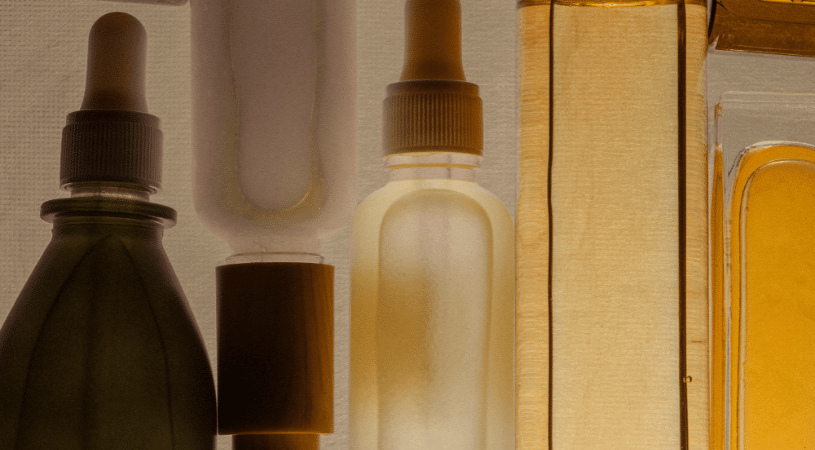
Tailoring Your Routine Based on Skin Type and Goals
- Dry Skin: Use products with both humectants and rich emollients to provide intense hydration and moisture. Look for ingredients like hyaluronic acid and Shea butter. Our Mint to Tease Body Polish, Smooth Seduction Butter Polish, and Shea-ducible Moment Body Soufflé are game changers for dry skin!
- Oily Skin: Opt for lightweight, non-comedogenic products that hydrate without clogging pores. Humectants like hyaluronic acid and lightweight emollients like squalane are ideal. Be sure to check out our Bare Necessity Skin Revival and Coconut Caress Firming Body Cream for the perfect body skincare combination.
- Combination Skin: Use different products for different areas. Hydrate all over with a humectant-rich serum and apply a richer moisturizer to drier areas.
- Sensitive Skin: Choose gentle, soothing ingredients. Avoid irritants and opt for natural humectants like aloe vera and emollients like Shea butter. Soak in the botanical extracts with our Bath Pleasures and follow up with our Melt Into You Massage Butter!
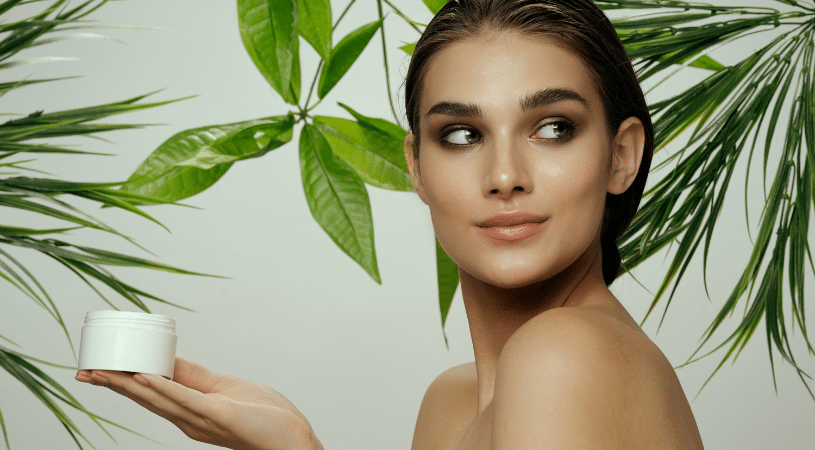
Seasonal and Climate Adjustments
Just as the seasons change, so does your skin's needs. It's a good idea to reassess your skincare routine and make adjustments, as needed, based on the season and climate:
- Winter: Cold, dry weather requires increased use of both humectants and emollients. Use richer, more occlusive products to protect against harsh conditions. Our body butters are a must-have for winter!
- Summer: Hot, humid weather calls for lighter formulations. Focus on hydrating products with humectants and use lighter emollients. Our Almond Affair Body Polish and Almond Affair Body Crème are all-time summer favorites and leave the skin soft and supple!
- Dry Climates: Maintain hydration with humectants and seal in moisture with emollients. Products with urea and Shea butter are particularly beneficial.
- Humid Climates: Use lighter products for comfort. Hydrate with humectants and opt for non-greasy emollients like squalane.
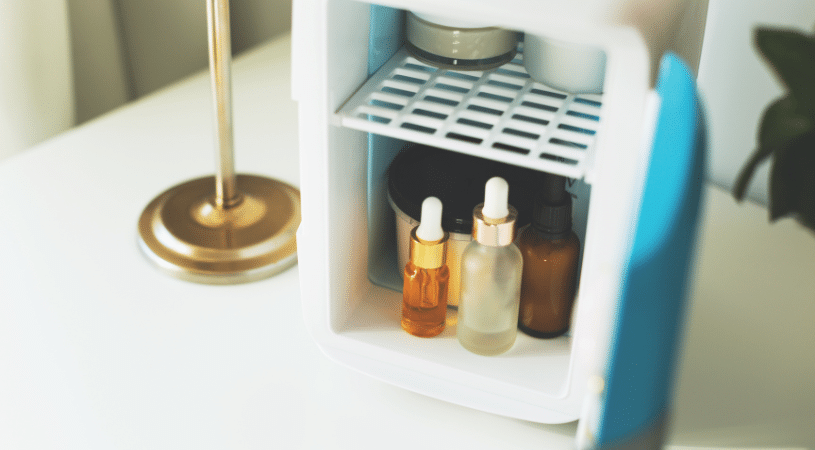
Conclusion
Understanding the difference between humectants and emollients (and what they actually do for your skin) is key to creating an effective skincare routine. Both are essential components, each providing unique benefits to keep the skin hydrated, healthy, and radiant. Regular use of these powerhouses can enhance overall skin health and appearance.
When choosing products, it is important take into account the ingredients from all of the products, as well as the concentration and type of humectants and emollient ingredients employed. It's also crucial to consider your skin type and specific concerns, and to use humectants in conjunction with emollients, moisturizers, and serums to maximize their benefits.
By incorporating both humectants and emollients – and the right combination of these ingredients – into your skin and body care regimen, you can tailor your routine to meet your specific needs and achieve a resiliently healthy, glowing, and supple complexion that looks and feels its best.
Until next time, cheers and be well!
Nanette Gauny
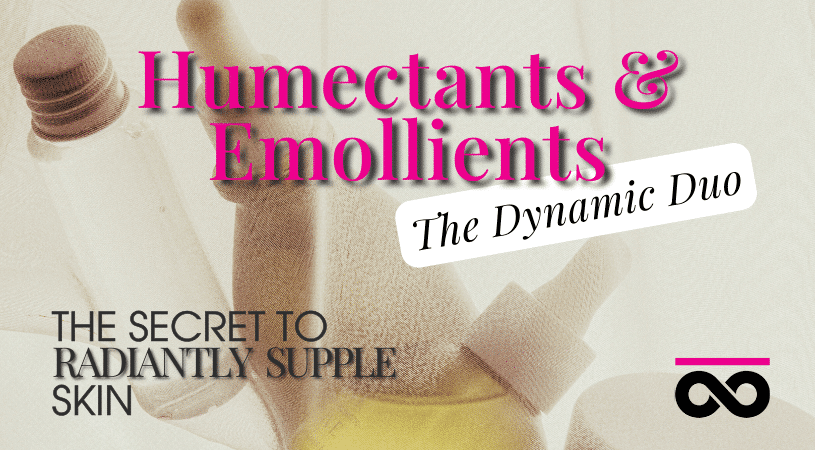
The artisan-created bath & body skincare collections from Taboodoir are uniquely designed to transform your everyday routine into moments of indulgent self-care. Shop online today or contact us for more information.
Disclaimer: The content provided here is for informational purposes only. This blog is not intended to substitute for medical advice, diagnosis, or treatment. Always seek the advice of a qualified healthcare provider for any questions or concerns you may have regarding a medical condition.
